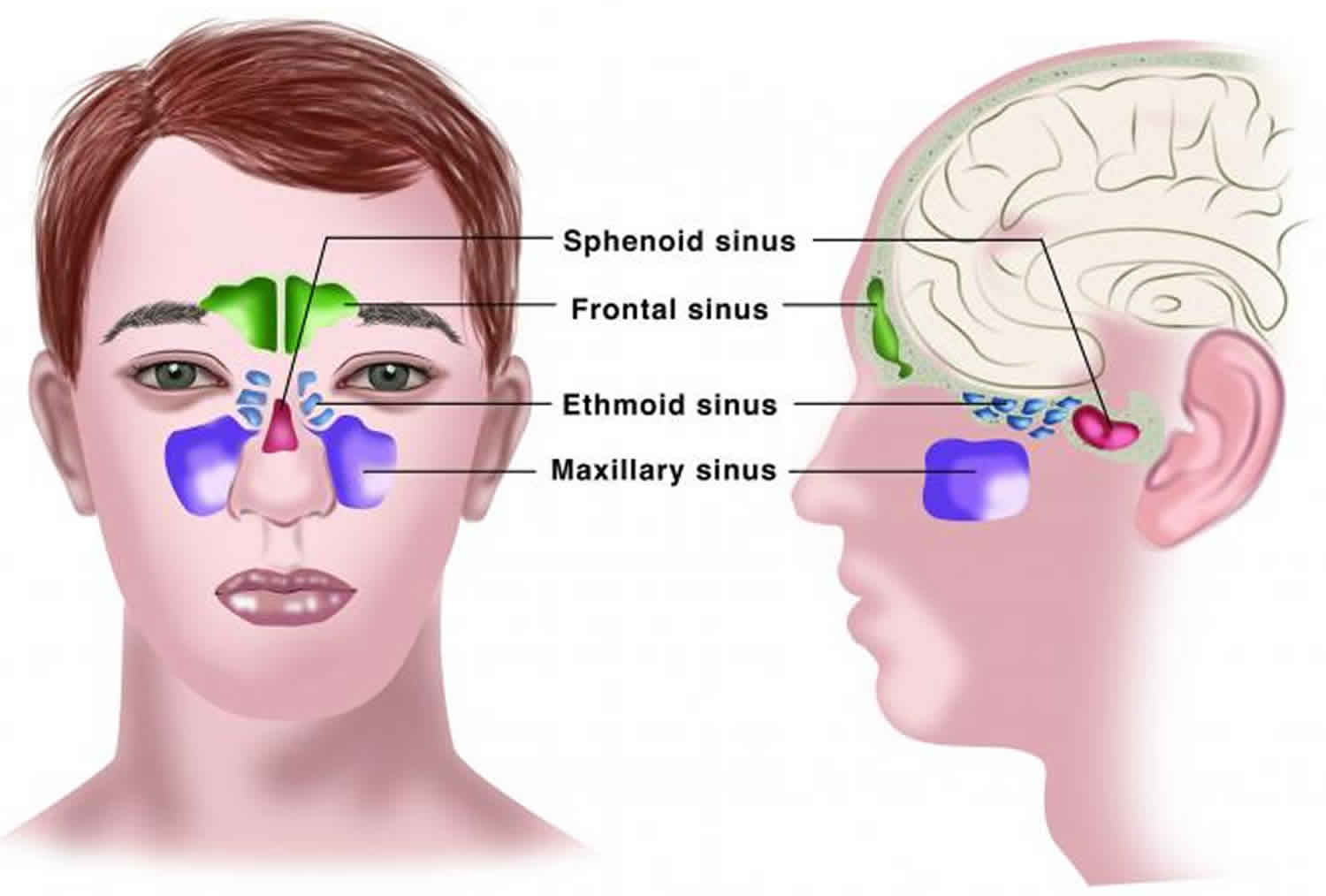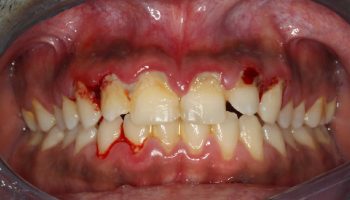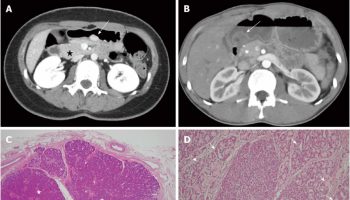Catarrh
Catarrh is a build-up of mucus in one of the airways or cavities of your body. Catarrh usually affects the back of your nose, throat or sinuses (air-filled cavities in the bones of the face). It’s often temporary, but some people experience it for months or years. This is known as chronic catarrh.
Catarrh is not a condition in itself, but a symptom of a condition such as:
- the common cold or another infection
- hay fever or other type of allergic rhinitis
- non-allergic rhinitis (sensitivity to environmental triggers)
- nasal polyps (fleshy swellings inside the nose)
Catarrh can be a nuisance and may be difficult to get rid of, but it’s not harmful and there are treatments available.
Speak to a physician if your catarrh persists and is becoming difficult to live with. Your doctor may want to rule out conditions that could be causing it, such as nasal polyps or allergies.
This may mean you need to be referred to a specialist for tests.
If you’re diagnosed with a specific underlying condition, treating it may help relieve your catarrh.
For example, nasal polyps may be treated with a steroid nasal spray, or in some cases surgery.
If a cause for your catarrh cannot be found, the self-help techniques above may be recommended.
Unfortunately, however, chronic catarrh can be hard to treat and may last for a long time.
Acute and chronic catarrh
Most cases of catarrh are acute, which means it will pass within a few days once the body fights off the underlying infection. However, some people have chronic (persistent) catarrh, either due to an allergy or because there is an abnormality inside their nose, such as nasal polyps.
The symptoms of acute catarrh can usually be relieved by taking a short-term course of decongestants. Treatment for chronic catarrh will depend on the underlying causes.
- Acute: Acute means occurring suddenly or over a short period of time.
- Chronic: Chronic usually means a condition that continues for a long time or keeps coming back.
What causes catarrh?
Catarrh is usually caused by the immune system reacting to an infection or irritation, which causes the lining of your nose and throat to become swollen and produce mucus.
The most common triggers of catarrh are:
- infections, such as the common cold
- allergic reactions, for example, reactions to pollen or dust mites (allergic rhinitis)
Other triggers include:
- an over-sensitivity to environmental triggers (non-allergic rhinitis)
- an abnormality inside the nose, such as nasal polyps.
It’s unclear what causes chronic catarrh, but it’s not thought to be the result of an allergy or infection.
It may be related to an abnormality in the way mucus travels within the nose or an increased sensitivity to mucus in the back of the nose and throat.
Non-allergic rhinitis
For reasons that are unknown, some people have abnormally sensitive blood vessels that react to environmental triggers, such as cigarette smoke and pollution. This sensitivity causes the blood vessels to expand (swell), much like they do in response to an infection or allergic reaction. This swelling leads to congestion and catarrh.
A non-allergic reaction to environmental triggers is known as vasomotor rhinitis, or non-allergic rhinitis.
Triggers of non-allergic rhinitis include:
- chemical irritants, such as smoke, perfumes or paint fumes
- changes in the weather, such as a drop in temperature
- alcohol
- spicy food
- stress
Nasal polyps
Nasal polyps are non-cancerous, fleshy swellings that grow from the lining of your nose or your sinuses (the small cavities inside your nose). They can prevent mucus from properly draining out of your sinuses, leading to congestion and catarrh.
Symptoms associated with catarrh
Catarrh can lead to a:
- constant need to clear your throat
- feeling that your throat is blocked
- blocked or stuffy nose that you cannot clear
- runny nose
- feeling of mucus running down the back of your throat
- an irritating, persistent cough caused by excess mucus at the back of your throat
- headache or facial pain caused by a blocked nose and blocked sinuses
- reduced sense of smell and taste
- crackling sensation in your ear and some temporary hearing loss
These problems can be frustrating to live with and may affect your sleep, making you feel tired.
Catarrh diagnosis
Most cases of acute catarrh do not need to be diagnosed as the underlying infection should pass quickly without treatment.
Chronic catarrh
A number of different methods can be used to diagnose the causes of chronic (persistent) catarrh.
Your doctor may examine your nose to check that there are no nasal polyps. They may also recommend that you have a CT scan to check for polyps that are not visible to the naked eye.
Your doctor may also want to check that your catarrh is not the result of an allergic reaction. They may ask whether your symptoms are worse in particular environments, or at certain times of the day or year. This will help them to pinpoint a possible allergen (substance that causes an allergic reaction).
If your doctor suspects that an allergic reaction is causing your catarrh, they may refer you for allergy testing. This will usually involve a skin prick test, where allergens are placed on your arm and introduced into your skin by pricking it with a short pin. If there is a positive reaction, the skin in that area will become itchy, red and swollen.
Chronic catarrh can also be caused by non-allergic rhinitis. However, diagnosing non-allergic rhinitis can be difficult because it shares many of the same symptoms as allergic rhinitis, but there are no specific tests for the condition. If tests show that you are not having any allergic reactions, a diagnosis of non-allergic rhinitis can be made.
Catarrh treatment
Treatment for catarrh depends largely on the underlying cause. Catarrh will often pass in a few days or weeks as the condition that causes it improves.
There are things you can try at home to relieve your symptoms, such as:
- avoiding things that trigger your symptoms, such as allergens or smoky places
- taking sips of cold water when you feel the need to clear your throat – constantly clearing your throat may make things worse
- using a saline nasal rinse several times a day – these can be bought from a pharmacy or made at home with half a teaspoon of salt in a pint of boiled water that’s been left to cool
- avoiding warm, dry atmospheres, such as places with air conditioning and car heating systems – placing plants or bowls of water in a room may help to keep the air humid
- staying well hydrated
- talking to a pharmacist about suitable over-the-counter medicines – including decongestants, antihistamines or steroid nasal sprays. Decongestant medicine relieves congestion by reducing the swelling of the lining the nose and sinuses and drying up the mucous.
There are also several remedies, such as herbal medicines, available from health shops and pharmacies that claim to treat catarrh.
Some people find these helpful, but there’s generally little scientific evidence to suggest they work.
Acute catarrh treatment
In most cases of acute catarrh, the underlying infection should pass quickly without the need for treatment. You may wish to relieve a blocked nose by using:
- decongestants
- steam inhalation
Decongestants
Decongestant medicines can help to relieve a blocked nose by reducing the swelling of the blood vessels in your nose.
Many decongestants can be bought over the counter in pharmacies without a prescription. They can be taken as a tablet or as a nasal spray. Decongestants that are taken by mouth may take a little longer to work but their effect can last longer than nasal sprays.
Do not use decongestants for more than five to seven days at a time. This is because they only provide short-term relief, and using them for any longer can make your symptoms worse.
Decongestant medicines do not often cause side effects. Any that you may have are likely to be mild. Possible side effects of decongestant nasal sprays may include:
- irritation to the lining of your nose
- headaches
- nausea (feeling sick)
Steam inhalation
Inhaling steam from a bowl of hot (but not boiling) water may help to soften and loosen the build-up of mucus in your nose. You may also find that adding menthol crystals or eucalyptus oil to the water eases your blocked nose and catarrh. Steam inhalation is not recommended as a treatment for children because of the risk of scalding.
Saline sprays
Saline (salt water) sprays or drops can also soften and loosen the mucus and help relieve symptoms
Chronic catarrh
The recommended treatment for chronic catarrh will depend on the underlying cause.
For example, rhinitis can usually be managed by avoiding the environmental triggers or allergens that cause catarrh. Symptoms can sometimes be relieved by using a nasal spray that contains corticosteroids (drugs that reduce inflammation).
Small nasal polyps can often be shrunk using a nasal spray that contains steroids. Larger polyps may need to be removed with surgery.





